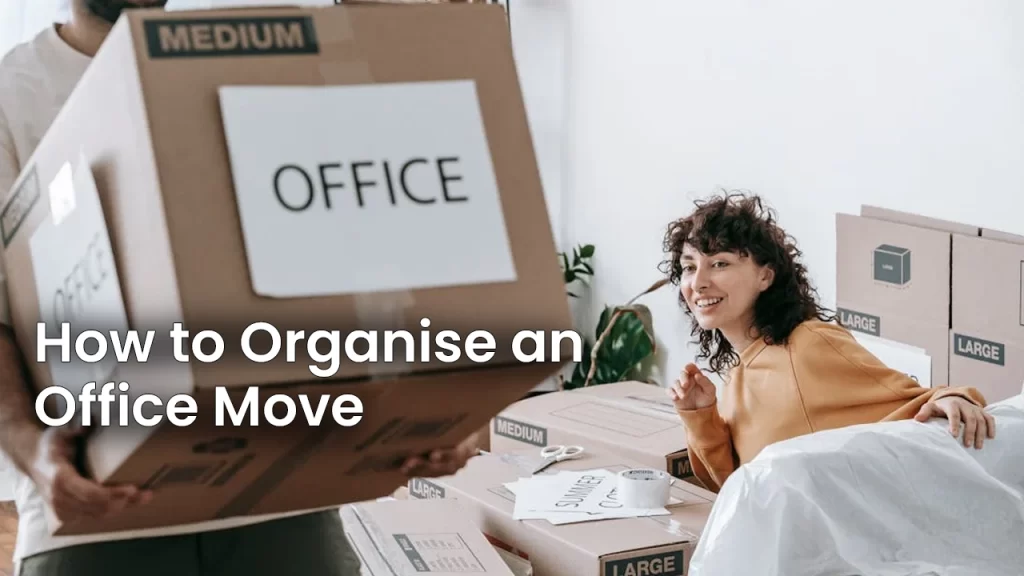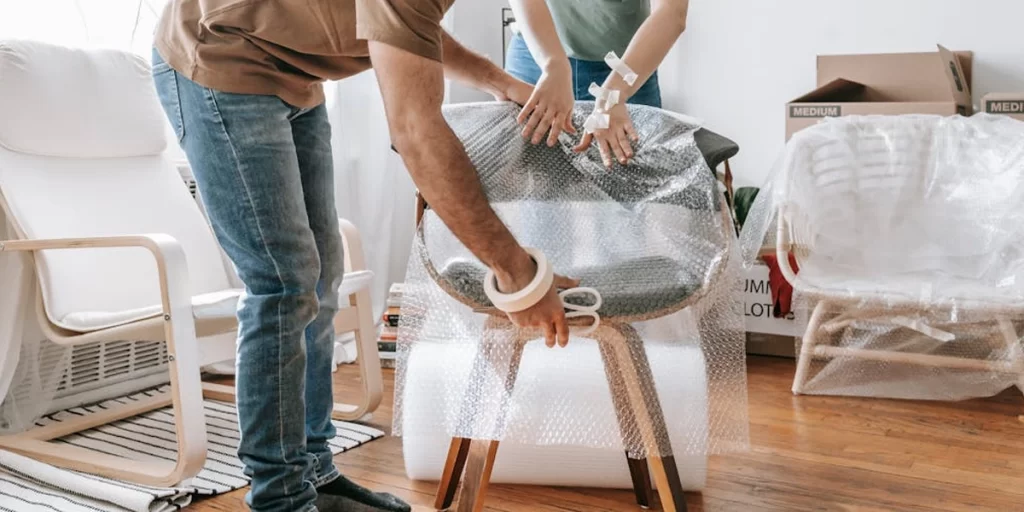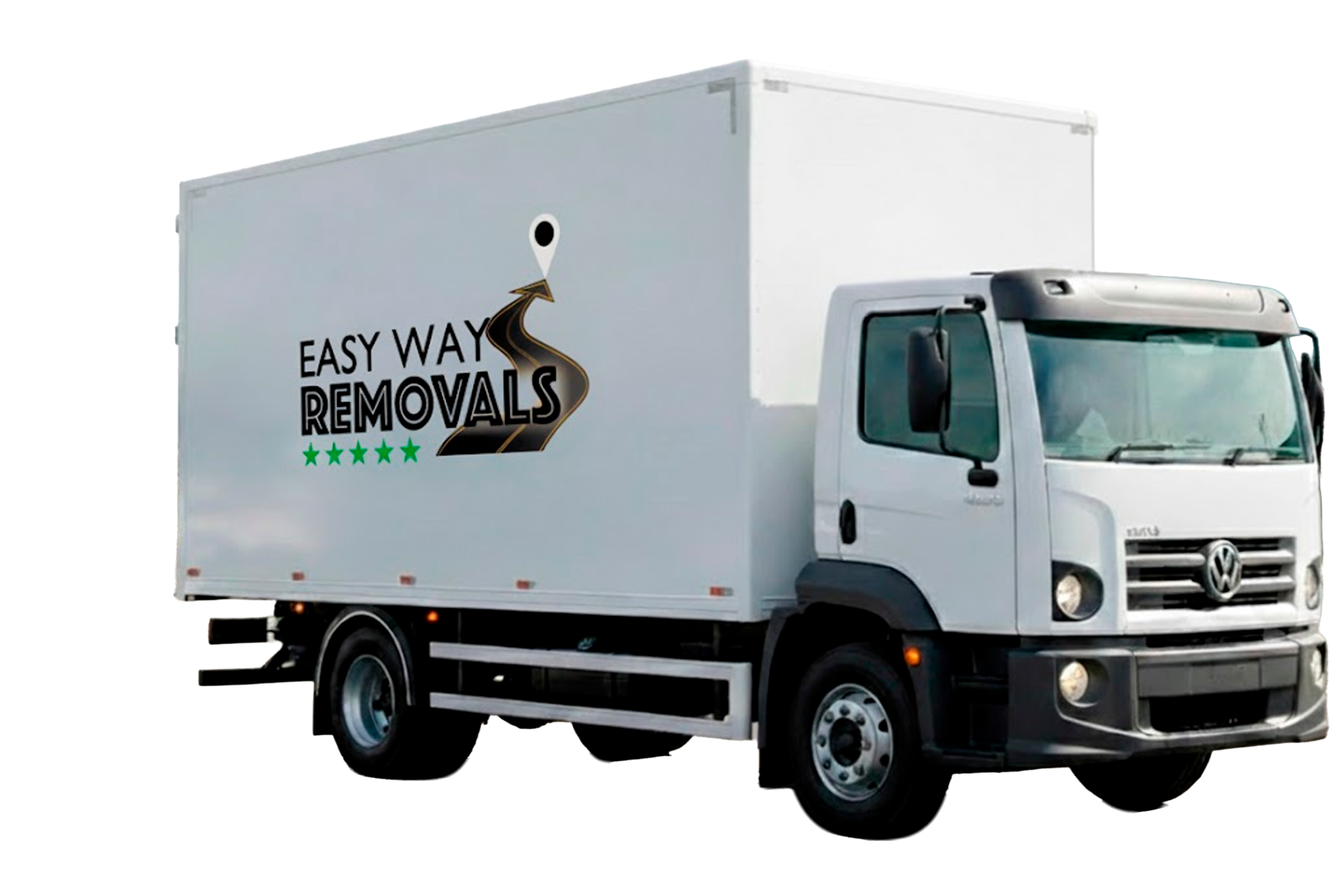
Hello there! Have you ever had to move your office from one place to another? It can be quite a whirlwind, can’t it? But guess what? We’re here to make it much easier. In this blog, we’re going to talk about how to organise an office move in London or anywhere in the simplest way possible.
Moving offices involves shifting desks, computers, and lots of stuff. Plus, you want to make sure nobody gets too stressed, and everyone can get back to work quickly. So, your mission is to learn the ways of organising an office move without any headaches.
Stay with us; we’re here to show you the easy way to do it.
Here are some tips on how you should organise an office move or a corporate move effectively.
First things first, find a place to keep all your notes and to-do lists for the office move. You don’t want them scattered everywhere, like in Google Drive, Box, or hidden in your notebooks.
Use that place you found in step one to keep important documents like insurance records, contracts, and agreements. If you don’t have contracts yet, make space for them.
Plan to send out an email, newsletter, or video or arrange an office relocation seminar to let your team know about the big move. Be detailed, and cover things like the new office’s name, address, moving dates, and why you’re moving. Also, tell them what they need to do now and what information they’ll get later.
After the big announcement, talk to your team to get their feedback. Ask them about things like what kind of workspace they want, any new equipment they need, and if they want to sit near different people. You can do this through surveys, meetings, or emails.
Find out how much money you have for the move and how you can spend it. Figure out if you can use a company card, how invoices work, and who needs to say “yes” to your spending.
Make sure you know how many people work in your office, how big the old and new offices are, and any other important details that might affect the move.
Make two lists: one for the things you’re taking with you and one for the things you’re leaving behind. This will help you see what you need to pack or buy for the new office.
Ask the bosses to make plans for how the work will keep going during the move. They should think about any important work that happens during the move time.
Don’t do everything alone. Ask if anyone wants to help by offering the office relocation service. You can even check if your bosses will let you and your helpers work on the move during office hours.
People will have lots of questions about the move. Make a special email address just for those questions, so they don’t get mixed up with your regular emails.

This is an important office relocation tip. Before you start researching, talk to people who know about a commercial moving company. You can join online groups and ask for advice on which vendors to use and other tips. You’ll need things like movers, trucks, boxes, and rubbish cleaning services.
The people who move your stuff are crucial. Once you have recommendations, ask these office moving service providers questions to make sure they’re the right fit. Check if they can be flexible with timings, how they charge (per job or per hour), their reviews, and if they help with packing and cleaning.
Picking the right moving boxes is important. There are lots of options, from big crates to cardboard boxes. Think about your budget, how much stuff you have, and how much help you’ll have for moving.
If your movers don’t clean up your old office, you’ll need to find someone who can. And if your new place doesn’t have a cleaning service, set one up. Check if your current cleaning service can switch to your new address.
Take some slow walks around your current office. Note down anything that could be a problem during the move, things that need a lot of prep, or things you might forget.
Before you start packing, review what you have. Put stickers on things you can throw away. Do this gradually so you’re not overwhelmed. It’s better to do a little bit each week instead of rushing at the last minute.
If you’re getting rid of big stuff like desks and chairs, consider having a sale. You can make some money to buy new stuff.
Don’t wait until the last minute. Begin packing early and do it bit by bit. Make three lists: one for things you can pack right away, one for things you don’t need immediately, and one for things you’ll pack last minute.
If you have a team helping with the move, meet regularly. Figure out what you need to discuss before the meetings and keep everyone on the same page.
Don’t forget to keep talking to your team. Share updates, changes, and anything they need to know. Be clear about how the move will affect their daily routines and provide information about the new office and the neighbourhood.
Get a floor plan for your new office and use it to decide where everyone will sit. Consider the feedback you got from employees. Share the plan for review and make sure it’s final before you proceed with packing.
No matter if it’s for an office or home move, there’s no denying that hiring a professional mover and packers can greatly simplify your moving journey.

Use a clear labelling system for boxes and your new office space. You can use colors, shapes, numbers, or letters – it doesn’t matter, as long as it’s clear. Create an office space planning checklist.
Answer any last-minute questions and concerns from your team. Tell them where they need to be on a moving day, give them access info, and explain what they need to do, especially about packing and labelling.
Make sure you connect all the necessary utilities like phones, electricity, internet, and water at your new office. Disconnect services at your old place if it’s not handled by the building manager.
It’s time to pack the absolute must-have stuff.
Just like you planned how to pack, plan how to unpack, organise, and decorate. You can do this in stages just like you did with packing.
Keep in touch with the building manager of your new office to make sure everything’s going well. Double-check that all utilities are connected. Plan a final walkthrough about two weeks before moving to ensure everything is clean and ready for your team.
The big day has arrived!
Start by unpacking the absolute necessities you identified earlier.
After all the hard work, it’s time to celebrate a successful office relocation!
If you’re thinking about a reliable Office Removal and Relocation Company in London, Easy Way Removals can be your great choice. We’re experts in office moves. We understand the unique planning, budgeting, and packing needs of businesses. No matter if you have a small or large office, we’re here for you. We offer protection for your IT equipment, custom insurance, and dedicated moving planners. Plus, we provide crates and top-notch packing materials for your tech gear and documents. To get started, just contact us for a quote, plan a survey, and pick a moving date. We make sure your office move is smooth and doesn’t disrupt your work, no matter if it’s a small or big move. And if you have IT equipment, we handle it with care too.

So, there you have it—how to organise an office move made simple! Remember, moving your office doesn’t have to be a headache. With the right plan, team, and office relocation company, you can transition smoothly to your new space.
An office move project plan is like a super-detailed map that tells you what needs to be done, when it should happen, and what stuff you’ll need to make the office move go smoothly.
An office move planning checklist is important because it keeps everything organised and helps you avoid forgetting crucial steps.
You’ll typically find stuff like budgeting, checking your new space, picking a moving company, sorting out your tech, talking to your team, and reviewing how it all went afterwards on the office relocation checklist.




